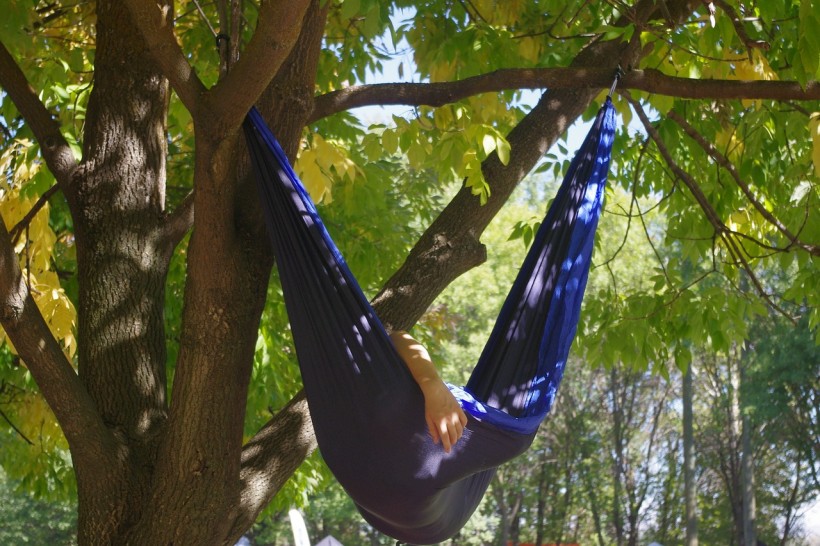Short naps or daytime napping is a global practice that has varied perspectives-luxury or well-being. Orofacial pain specialist Steven Bender explains that short naps that last for 20 to 30 minutes have potential benefits as well as drawbacks.

Short Naps During Daytime Offer Health Benefits But Can Also Have Drawbacks
Health Benefits of Short Naps
Numerous advantages are associated with daytime napping, as research suggests. Studies have shown that short naps can enhance mental function, memory, alertness, attention, and reaction time. Additionally, they have been linked to heightened productivity and creativity, leading some companies to incorporate napping rooms in the workplace to harness these benefits.
Furthermore, napping seems to play a role in information processing, contributing to improved problem-solving abilities. Research indicate that individuals who take short naps experience reduced frustration and impulsivity, resulting in enhanced focus and efficiency in work-related tasks.
Napping can even facilitate the learning of new motor skills, such as playing a musical instrument or perfecting a golf swing, as these memories are consolidated in the brain during sleep, whether at night or during naps.
Napping has stress-reduction benefits as well. Brief naps have been found to enhance participants' overall mood. However, longer naps exceeding 30 minutes typically do not yield the same mood-enhancing effects.
Moreover, short naps may reduce the risk of cardiovascular diseases by helping regulate the "fight or flight" chemicals in the body, resulting in normalized blood pressure and heart rates.
Despite the benefits, some individuals may struggle to fall asleep for a nap, especially when time is limited. Relaxation techniques, such as progressive muscle relaxation and listening to calming music, can aid in achieving restful naps. Interestingly, many people tend to overestimate their time awake when trying to sleep and underestimate their actual sleep duration.
READ ALSO: Short Nap vs Long Nap, What's Better?
Drawbacks of Short Naps
While napping offers numerous benefits, it can present drawbacks for certain individuals. For instance, older adults who nap during the day have reported sleep-related issues, such as frequent nighttime awakenings. Additionally, napping may have adverse health effects.
A study in China found that napping for over 90 minutes was linked to high blood pressure in middle-aged and older women, while another study in older Chinese individuals associated naps exceeding 30 minutes with a higher prevalence of non-alcoholic fatty liver disease.
Usually longer duration of daytime nap means more sleep inertia needs to be dealt with, potentially affecting cognitive function for several minutes to around half an hour. Sleep inertia is the drowsiness and confusion individuals may encounter after arising from an extended nap. Often, these effects can be mitigated by consuming caffeine immediately following the nap.
Furthermore, an analysis of multiple studies revealed that napping for more than 60 minutes daily was connected to an elevated risk of developing type 2 diabetes. A larger study conducted in France identified a higher prevalence of napping among individuals with anxiety, depression, obesity, high blood pressure, and type 1 and type 2 diabetes.
Despite these findings, the exact mechanisms through which napping affects health remain unclear. Many questions persist regarding the relationship between naps and nighttime sleep, as well as how the frequency and duration of naps impact well-being in different individuals.
RELATED ARTICLE: Daytime Napping May Help Preserve Brain Health by Slowing Down Rate of Shrinkage As We Age
Check out more news and information on Sleep in Science Times.














